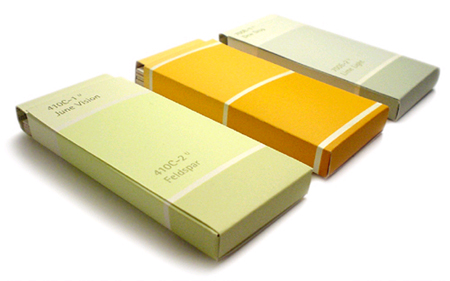From vitamins to prescriptions most people take some kind of pill every day, but have you ever stopped to think about what color those pills are? Could the color of the pill dial up its effectiveness? A study from India says color can amplify both the positive and negative placebo effects of medications.
 |
| "You take the blue pill – the story ends, you wake up in your bed and
believe whatever you want to believe. You take the red pill – you stay
in Wonderland and I show you how deep the rabbit-hole goes." -Morpheus (image, link) |
"According to recent research the color, shape, taste and even name of a
tablet or pill can have an effect on how patients feel about their
medication. Choose an appropriate combination and the placebo effect
gives the pill a boost, improves outcomes and might even reduce side
effects. Now, researchers at the University of Bombay, New Mumbai,
India, have surveyed users of over-the-counter (OTC) medication to find
out just how much the color of a tablet influences patient choice."
link
 |
| Swallowing a bitter pill? Maybe its just the color (link) |
"Writing in the International Journal of Biotechnology, R.K.
Srivastava and colleagues report that
red and pink tablets are preferred
over other colors... Strangely, they found that 14 percent of people
think of pink tablets as tasting sweeter than red tablets whereas a
yellow tablet is perceived as salty irrespective of its actual
ingredients. White or blue tablets were judged to taste bitter by 11 percent of the participants and
10 percent said orange-colored tablets were sour.
(link). The over all conclusion of the study is in favor of the red pill but the details are a bit more complicated than that: "Twice as many middle-aged people preferred red tablets as younger
adults and more women chose red tablets as were chosen by men."
So the red pill is best? But wait it depends on what the medication is for. Sleeping pills have been shown to be more effective if they are blue. A blue sleeping pill could have the opposite effect if you live in a region which culturally associates blue with a high energy activity, like soccer. Italian men for example, who root for a national team decked out in
azure blue are immune to blue placebo effects.
So should we design medications to be gender specific? What about age, culture and geographic region specific? And if red and pink reign in the world of medication which reds and pinks would you prefer to take twice a day? If you had to submit to blue, would this color seduce you?
- Emily Eifler, Writer, Colour Studio
- Jill Pilaroscia, Principal, Colour Studio















